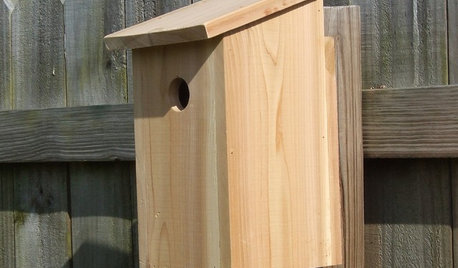What are these SMALL ones ? Help!
chau_ya
18 years ago
Featured Answer
Sort by:Oldest
Comments (21)
gardenlad
18 years agochau_ya
18 years agoRelated Professionals
Simpsonville Landscape Architects & Landscape Designers · Arlington Landscape Architects & Landscape Designers · Jennings Landscape Architects & Landscape Designers · Surprise Landscape Contractors · Alamo Landscape Contractors · Choctaw Landscape Contractors · Damascus Landscape Contractors · Darien Landscape Contractors · Las Vegas Landscape Contractors · Midland Landscape Contractors · Nanuet Landscape Contractors · North Richland Hills Landscape Contractors · Parker Landscape Contractors · Merrifield Landscape Contractors · Mount Vernon General ContractorsNelz
18 years agochau_ya
18 years agogardenlad
18 years agomindsmile
18 years agochau_ya
18 years agopaquebot
18 years agocoho
18 years agojayreynolds
18 years agogardenlad
18 years agopaquebot
18 years agomindsmile
18 years agogardenlad
18 years agomindsmile
18 years agomindsmile
18 years agopaquebot
18 years agopaquebot
18 years agomsjaimemaclean
8 years agodrmbear
8 years ago
Related Stories

SMALL SPACESDownsizing Help: Think ‘Double Duty’ for Small Spaces
Put your rooms and furnishings to work in multiple ways to get the most out of your downsized spaces
Full Story
REMODELING GUIDESHow Small Windows Help Modern Homes Stand Out
Amid expansive panes of glass and unbroken light, smaller windows can provide relief and focus for modern homes inside and out
Full Story
DIY PROJECTSHelpful Hangers: French Cleats Support Projects Big and Small
From cabinets to birdhouses, French cleats hold projects securely in place
Full Story
SMALL SPACESDownsizing Help: Storage Solutions for Small Spaces
Look under, over and inside to find places for everything you need to keep
Full Story
Storage Help for Small Bedrooms: Beautiful Built-ins
Squeezed for space? Consider built-in cabinets, shelves and niches that hold all you need and look great too
Full Story
BATHROOM DESIGNKey Measurements to Help You Design a Powder Room
Clearances, codes and coordination are critical in small spaces such as a powder room. Here’s what you should know
Full Story
SMALL SPACESDownsizing Help: Where to Put Your Overnight Guests
Lack of space needn’t mean lack of visitors, thanks to sleep sofas, trundle beds and imaginative sleeping options
Full Story
DECLUTTERINGDownsizing Help: Choosing What Furniture to Leave Behind
What to take, what to buy, how to make your favorite furniture fit ... get some answers from a homeowner who scaled way down
Full Story
STORAGEDownsizing Help: Shelve Your Storage Woes
Look to built-in, freestanding and hanging shelves for all the display and storage space you need in your smaller home
Full Story
SMALL HOMESRoom of the Day: Living-Dining Room Redo Helps a Client Begin to Heal
After a tragic loss, a woman sets out on the road to recovery by improving her condo
Full StoryMore Discussions






123jcake